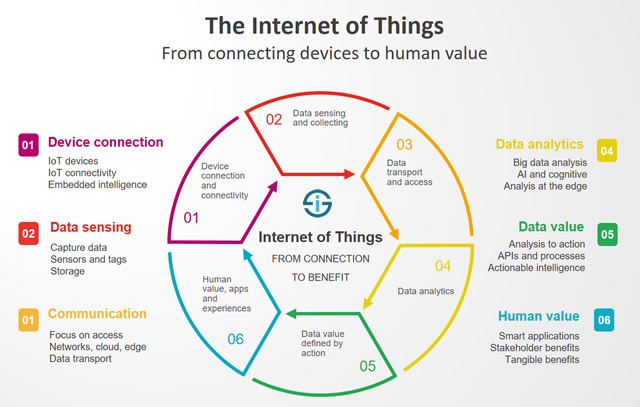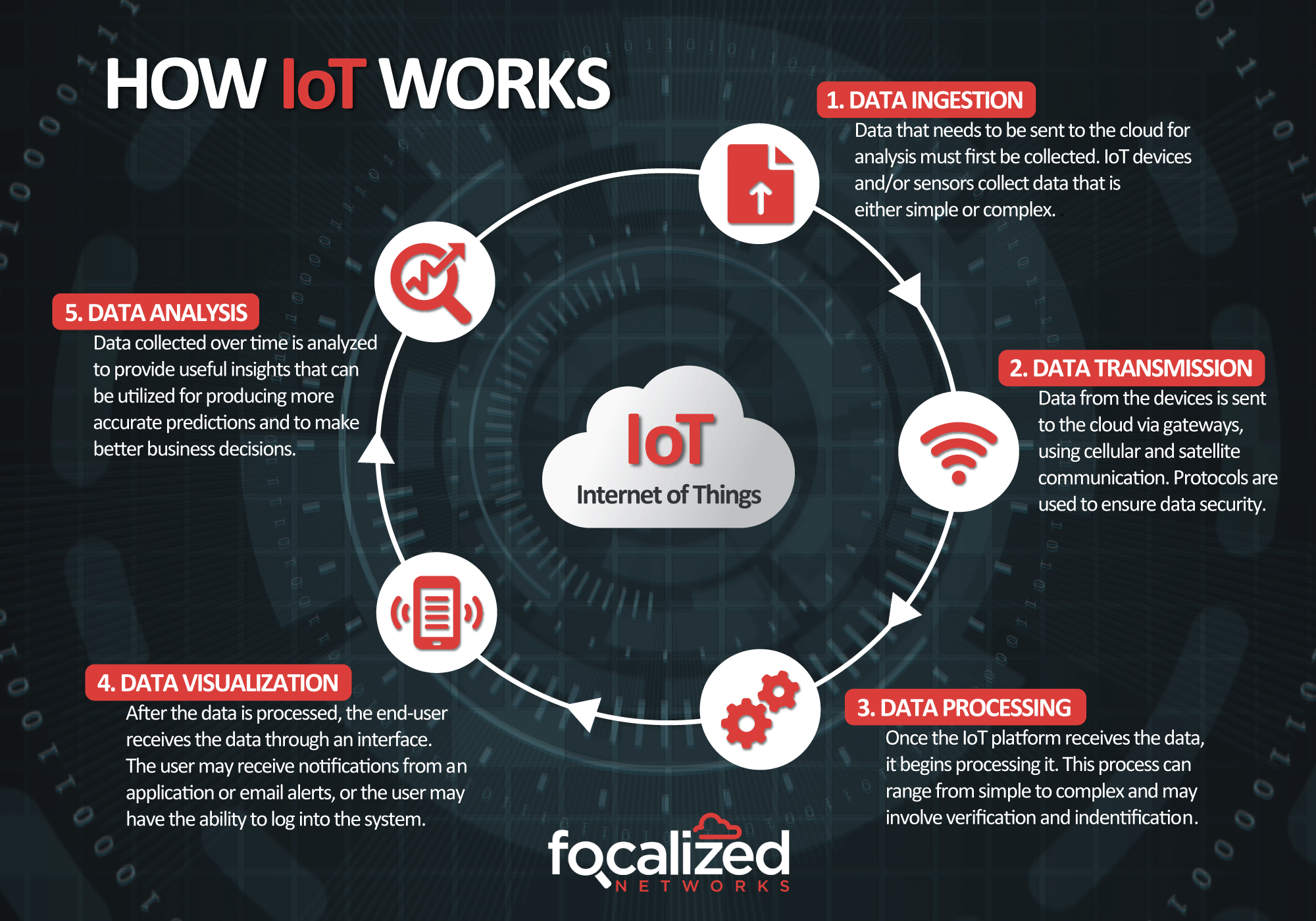Honeywell – Honeywell to collaborate with Energy Assets on U.K. gas meter upgrade
- Upgrades to advanced metering infrastructure and batteries positioned to modernize meters without the need for a meter exchange
- Streamlines updates for new communication technology, smart meter data performance and extended asset life
LONDON, United Kingdom, September 24, 2025 — Honeywell (NASDAQ: HON) has today announced a collaboration with Energy Assets, one of the U.K.’s leading providers of residential, industrial and commercial multi-utility metering services, to support a large-scale gas meter upgrade program across Energy Assets’ portfolio. Honeywell will supply advanced smart communication modules and batteries for 67,000 gas meters in the field, without the need for a complete meter exchange.
Mobile network operators in the UK have committed to switching off 2G networks by 2033. To prepare for the deadline and with the battery life of existing meters approaching renewal, Energy Assets has taken proactive steps to future-proof its infrastructure. Honeywell engineered a retrofit solution to easily upgrade each meter by installing a new narrow band (NB)-IoT communication module and battery, minimizing the need for exchanging and disposing of the meters and taking each meter off gas supply.
This streamlined process minimizes customer disruption and reduces waste. The upgraded communication technology is designed to improve meter battery life, extending it from eight years to up to 15 years.
“Energy Assets has worked closely with Honeywell on the bespoke designed modem to futureproof communications with the meter and ensure expected asset life is achieved,” said David Sing, group managing director (Assets), Energy Assets Metering & Data.
“Our digital metering solutions are designed to simplify the transition to next-generation connectivity while extending the life of existing assets,” said Declan Kenny, regional general manager, Smart Energy, Honeywell. “This upgrade ensures Energy Assets can continue to provide reliable and accurate data services, improve operational efficiency and enhance customer service delivery.”
The Honeywell NB-IoT modules are designed to fit directly into Energy Assets’ installed Honeywell themislog AMR Gas meters and securely transmit data daily using the Vodafone network. The technology integrates with Honeywell’s meter data collection platform and is expected to give operators a centralized view of meter data, system performance and alerts.
With a modular design built for field-installed gas meters, the Honeywell solution is made of durable materials, approved to Atex Zone 0 classification, and has both internal and external antenna options optimized to help support reliable network connectivity and extended product lifecycles.
The announcement builds on a longstanding relationship between Honeywell and Energy Assets, which began in 2014. This deployment reinforces Honeywell’s commitment to the megatrend of automation, in delivering scalable digital metering solutions for smarter energy networks across Europe.
SourceHoneywell
EMR Analysis
More information on Honeywell: See the full profile on EMR Executive Services
More information on Vimal Kapur (Chairman and Chief Executive Officer, Honeywell): See the full profile on EMR Executive Services
More information on Declan Kenny (Vice President, EMEA, Regional General Manager, Smart Energy, Honeywell): See the full profile on EMR Executive Services
More information on Energy Assets: https://www.energyassetsnetworks.co.uk/ + The Energy Assets Group is a leading, nationwide, utilities firm which owns, operates and manages over 1.8 million meter, data and network assets throughout Britain.
We’re the only business of scale in the UK with a combined metering and data service, local network ownership, network construction and low carbon offering. Our structure is flexible, with multiple ‘touch-points’, making it easy for you to do business with us.
We provide: – innovative metering services – cutting edge data analysis products – future proofed network construction and ownership solutions – low carbon utilities alternatives.
We offer true end-to-end customer support, with our relationships ranging from major energy suppliers and TPIs to Britain’s best-known brands and public sector bodies.
Our network of offices and warehouse facilities is strategically placed around Britain so we can provide a responsive service. Our fixed locations are complemented by field services engineers and site teams operating across the country.
More information on Dave Taylor (Chief Executive Officer, Energy Assets): https://www.energyassets.co.uk/who-we-are/leadership-team/ + https://www.linkedin.com/in/dave-taylor-214462131/
More information on David Sing (Group Managing Director, Assets, Energy Assets Metering & Data, Energy Assets): https://www.energyassets.co.uk/who-we-are/leadership-team/ + https://www.linkedin.com/in/david-sing-96460a52/
More information on Vodafone: https://www.vodafone.com/ + Vodafone is a leading European and African telecoms company.
We serve over 355 million mobile and broadband customers, operating networks in 15 countries with investments in a further five and partners in over 40 more. Our undersea cables transport around a sixth of the world’s internet traffic, and we are developing a new direct-to-mobile satellite communications service to connect areas without coverage. Vodafone runs one of the world’s largest IoT platforms, with over 215 million IoT connections, and we provide financial services to around 92 million customers across seven African countries – enabling more transactions than any other provider.
More information on Margherita Della Valle (Group Chief Executive Officer, Vodafone): https://www.vodafone.com/about-vodafone/who-we-are/leadership/executive-committee + https://www.linkedin.com/in/margherita-della-valle/
EMR Additional Notes:
- 4G, 5G and 6G (Mobile Networks and Telephony):
- First Generation – 1G
- 1980s: 1G delivered analog voice.
- Second Generation – 2G
- Early 1990s: 2G introduced digital voice (e.g. CDMA- Code Division Multiple Access).
- Third Generation – 3G
- Early 2000s: 3G brought mobile data (e.g. CDMA2000).
- Fourth Generation – 4G LTE
- 2010s: 4G LTE ushered in the era of mobile broadband.
- Fifth Generation – 5G
- 5G has started hitting the market end of 2018 and will continue to expand worldwide unleashing also a massive 5G IoT (Internet of Things) ecosystem.
- 5G enables a new kind of network that is designed to connect virtually everyone and everything together including machines, objects, and devices.
- 5G speed tops out at 10 gigabits per second (Gbps).
- 5G is 10 to x100 faster than what you can get with 4G.
- => The main evolution compared with today’s 4G and 4.5G (aka LTE advanced, LTE-A, LTE+ or 4G+) is that, beyond data speed improvements, new IoT and critical communication use cases will require a new level of improved performance.
- For example, low latency provides real-time interactivity for services using the cloud: this is key to the success of self-driving cars, for example.
- 5G vs 4G also means at least x100 devices connected. 5G must be able to support 1 million devices for 0.386 square miles or 1 km2.
- Also, low power consumption is what will allow connected objects to operate for months or years without the need for human assistance.
- Unlike current IoT services that make performance trade-offs to get the best from current wireless technologies (3G, 4G, Wi-Fi, Bluetooth, Zigbee, etc.), 5G networks will be designed to bring the level of performance needed for massive IoT.
- Private LTE network is a dedicated 4G cellular network, or its successor, 5G, that an enterprise owns and operates for its specific, high-security needs, offering reliable, high-performance connectivity within a defined area like a factory or campus, unlike public mobile networks that serve the general consumer market. These networks provide critical advantages in security, reliability, and control by utilizing dedicated spectrum and infrastructure, enabling customized solutions for mission-critical applications in sectors such as manufacturing, logistics, and public safety.
- Sixth Generation – 6G
- 6G is the successor to 5G cellular technology. 6G networks will be able to use higher frequencies than 5G networks and provide substantially higher capacity and much lower latency. One of the goals of the 6G internet is to support one microsecond latency communications. This is 1,000 times faster — or 1/1000th the latency — than one millisecond throughput.
- The 6G technology market is expected to facilitate large improvements in the areas of imaging, presence technology and location awareness. Working in conjunction with artificial intelligence (AI), the 6G computational infrastructure will be able to identify the best place for computing to occur; this includes decisions about data storage, processing and sharing.
- It is important to note that 6G is not yet a functioning technology. While some vendors are investing in the next-generation wireless standard, industry specifications for 6G-enabled network products remain years away. 6G internet is expected to launch commercially in 2030.
- 6G is the successor to 5G cellular technology. 6G networks will be able to use higher frequencies than 5G networks and provide substantially higher capacity and much lower latency. One of the goals of the 6G internet is to support one microsecond latency communications. This is 1,000 times faster — or 1/1000th the latency — than one millisecond throughput.
- First Generation – 1G
- Narrowband and Broadband Connectivity:
- Narrowband refers to slow, low-data-rate communication using a narrow range of frequencies, suitable for applications like voice calls or sensors
- Broadband refers to various high-capacity transmission technologies that transmit data, voice, and video across long distances and at high speeds.
- Broadband refers to telecommunications in which a wide band of frequencies is available to transmit information. Because a wide band of frequencies is available, information can be multiplexed and sent on many different frequencies or channels within the band concurrently. Multiplexing enables more information to be transmitted in a given time, much as more lanes on a highway support more cars.
- IoT (Internet of Things):
- The Internet of Things (IoT) refers to a system of interrelated, internet-connected objects that are able to collect and transfer data over a wireless network without human intervention.
- It describes the network of physical objects—“things”—that are embedded with sensors, software, and other technologies for the purpose of connecting and exchanging data with other devices and systems over the internet.
- The Most Popular IoT Devices are:
- Smart watches.
- Smart thermostats.
- Voice-activated smart speakers and assistants.
- Smart locks and security systems.
- Fitness trackers and connected health monitors.
- Smart lighting appliances.


- IIoT (Industrial IoT):
- Industrial IoT (IIoT) involves collecting and analyzing sensor-generated data to support equipment monitoring and maintenance, production process analytics and control, and more. It applies IoT technologies specifically to industrial and manufacturing environments to improve efficiency, productivity, and safety.
- AIoT (Artificial Intelligence of Things):
- Relatively new term and has recently become a hot topic which combines two of the hottest acronyms, AI (Artificial Intelligence) and IoT (Internet of Things).
- AIoT is transformational and reciprocally beneficial for both types of technology, as AI adds value to IoT through machine learning capabilities and improved decision-making processes, while IoT adds value to AI through connectivity, signaling, and data exchange.
- Aim: achieve more efficient IoT operations, improve human-machine interactions and enhance data management and analytics.
- xIoT (xTended Internet of Things):
- xIoT refers to the “eXtended” Internet of Things. This category encompasses a broad range of connected devices, including:
- Enterprise IoT devices (cameras, printers, and door controllers).
- Operational Technology (OT) devices (like PLCs, HMIs, and robotics).
- Network devices (like switches, Wi-Fi routers, and network-attached storage).
- xIoT refers to the “eXtended” Internet of Things. This category encompasses a broad range of connected devices, including:
- Modem:
- A modem is the device that allows your computers, smartphones, tablets, and other devices to connect to the internet. It does this by converting digital signals from these devices into analog signals that can be transmitted over telephone lines or cable networks.
- ATEX:
- Equipment for potentially explosive atmospheres
- A potentially explosive atmosphere exists when a mixture of air gases, vapours, mists, or dusts combine in a way that can ignite under certain operating conditions.
- Equipment and protective systems intended for use in potentially explosive atmospheres (ATEX) cover a range of products, including those used on fixed offshore platforms, petrochemical plants, mines, and flour mills, amongst others.
- The ATEX Directive 2014/34/EUSearch for available translations of the preceding linkEN••• covers equipment and protective systems intended for use in potentially explosive atmospheres.
- Although there are some small differences between each certification, ATEX and IEC Ex are very similar. The main difference is the geographical location where the certification is recognised and accepted. While ATEX is a requirement in Europe, IEC Ex is accepted across several countries internationally.


